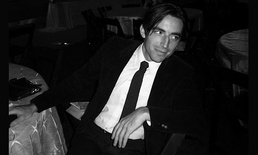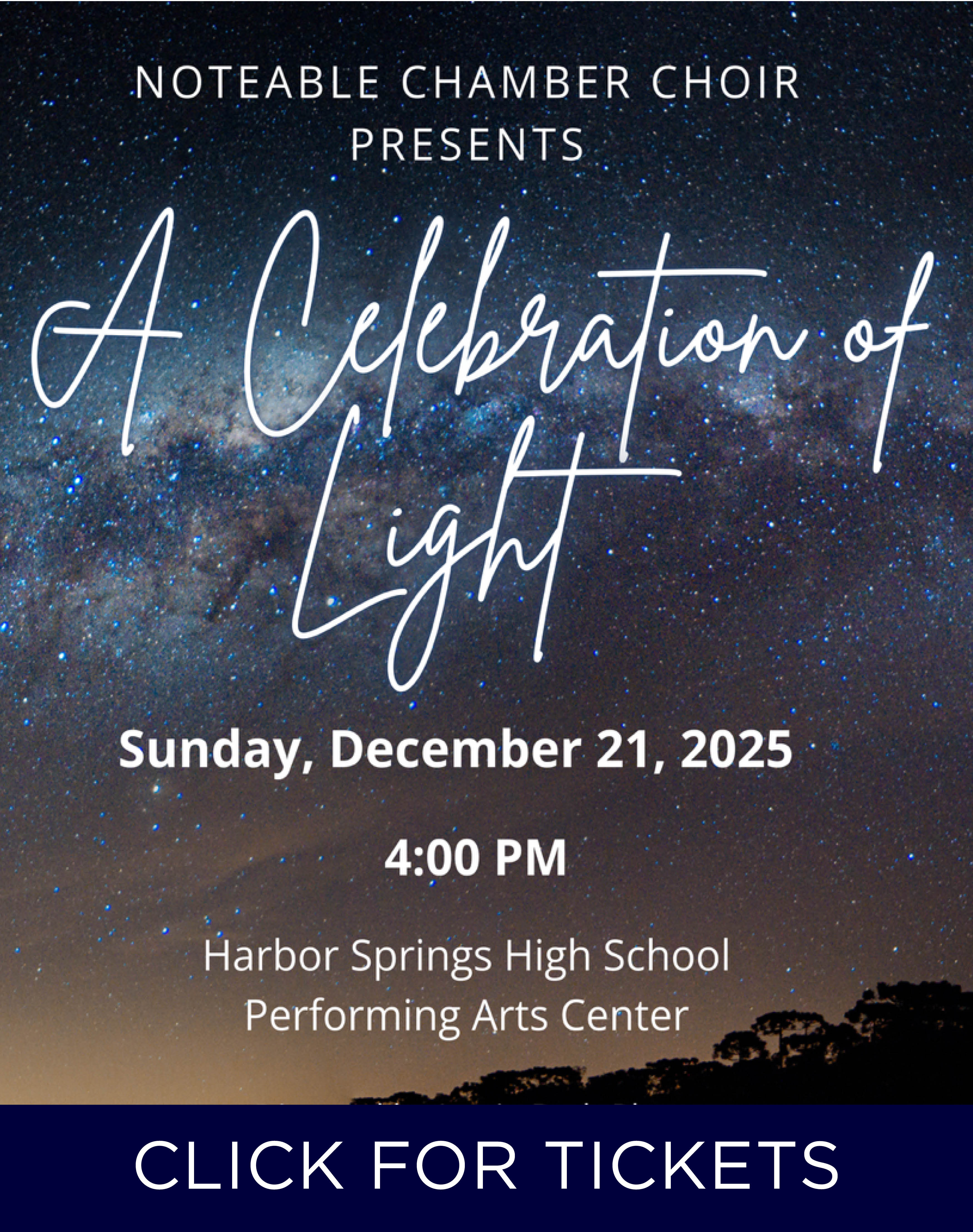Artistic Freedom...lIgor Zaytsev pushes the limits of local art
July 27, 2005
Perhaps the first thing that will strike you when you walk into Igor Zaytsev’s art gallery in Petoskey is the sheer uniqueness of it all. It’s a little overwhelming at first. In a Northern Michigan community well-known for impressionistic landscapes, “safe” tones of cornflower blue and khaki, and more interpretations of the lake than you can shake a stick at, Zaytsev’s work takes you off guard - you won’t know what to look at first, yet you’ll feel compelled to somehow look at all of it at once.His work harkens back to an older school of classical art, but he also fuses his paintings and drawings with a futurism that is refreshing, fluid, and filled with emotion. Although he doesn’t limit himself in subject matter, all of the work on display is obviously and gloriously his - identifiable by a style that he has made his own.
“I am inspired very much by Renaissance art, the figurative works,” Zaytsev enthuses. “I do many oil paintings on canvas, I love to draw with pencil and red chalk and charcoal, and I prefer to work on big, abstract canvases. But even in my abstract and symbolistic or contemporary works, people can still feel influence of Renaissance art. Is very important.”
A UKRAINE NATIVE
Zaytsev’s journey to becoming an artist began with a solid education in the fundamentals, perhaps indicative of why his works including human and animal forms are especially strong.
Born in Lviv, Ukraine in 1958, he entered the Ukrainian equivalent of college at age 15, and was then one of only nine students who were selected through a yearly competition of over 100 to gain entry to the prestigious National Academy of Art in Kiev.
“This academy was extensive art study,” he explains. “Six days a week of drawing and painting, drawing and painting, every day, with live models, with everything. We had a master (professor) who was one of the biggest artists in Ukraine.”
Zaytsev spent six years at the National Academy of Art, graduating in 1983 and then going on to serve his country’s required year and a half in the army. “Only year and a half,” he chuckles, “because of higher education. Going to Academy makes you officially artist. The rest of people have to do two years.”
Following his stint in the army, he began participating in juried and regional shows, which solidified his career as a “real” artist.
“In system of my art in my country, the professional career of each artist started from first national show,” he explains, “so from first national show, I may be called professional artist.”
Was there ever any question of another career for him?
“In my country, if you managed to get into the Academy of Art, there is no other way. You are there because that is what you want. I could teach art if I would choose, at any level, colleges and universities, or I could choose what I did - to be full-time creative artist.”
He continued to exhibit in juried and regional events, and took part in his first national show in his 20s. But with Perestroika -- the restructuring of the Soviet economy that was introduced in 1987 by Soviet leader Mikhail Gorbachev -- came many changes for the Soviet art community, as well.
GOVERNMENT ART
“Before Perestroika, the government showed support for artists, and was buying art,” Zaytsev remembers. “Private person could not afford art, except for maybe very, very small pieces. So all art was bought by government, and put in museums, public buildings, offices.
“With Perestroika, the support of art in Soviet countries was almost broken, destroyed by the free market. Capitalism came and the government no longer supported art in this way. So I thought maybe I should work with mostly foreigners, to try and have international show.”
It wasn’t long before his next goal came to fruition. The first international show he participated in was in Moscow, which was a high honor. Shortly thereafter, friends that Zaytsev had made who worked at the American Embassy to Kiev showed up at his studio and announced that they wanted to host a special open house and exhibit for Zaytsev.
“I think all employees of embassy came that night,” he marvels, “I have dinner with the ambassador himself. And they just cleaned the show (bought his art), they cleaned all 40 works that were on display.” From there, things began to roll steadily uphill for the talented artist.
He began working with American visitors to the Ukraine to get his artwork to a larger audience. Then, there was a solo show in the Ukrainian office of the Peace Corps. His first visit to America came shortly thereafter, where his works were displayed at the United Nations General Assembly and at Lincoln Center.
“First place I go in USA is New York,” he reminisces. “I visited San Francisco and didn’t like as much there. But I found market for art in New York City and in Washington, DC.”
On his second visit to the U.S., he decided to visit friends from Kiev who had immigrated to Bloomfield Hills, Michigan, and had established a business of their own. Little did he know he would end up staying in the Great Lakes state for much longer than just a visit.
“Things just turned that way,” he explains, “I painted a lot and ended up renting studio in Ann Arbor. I lived there for over a year, still working for galleries in New York, and found another market in West Bloomfield. I was very busy at that time.” And the story doesn’t end there.
LOVE STRUCK
“Then, I met lady,” he smiles, “I find my love, in the U.S., and we decided to get married. I had to return to Ukraine, so we arranged to meet in Germany, and got married there.”
Zaytsev then returned to the U.S. a mere 12 hours before the events of September 11, 2001, landing at the airport in Detroit with few belongings and few of his own works.
It was a humbling return to the States.
“I came with not many paintings. I sold almost everything at home, sold it cheap to pay rent in America. I came to U.S. almost empty, and it was hard for me to start like an artist. I still decide to open a gallery in Ann Arbor. But it did not work. The art market was bad, economy was slow, for the next couple of years.”
So Zaytsev resorted to doing a variety of jobs to make ends meet, doing architectural illustrations and even doing house painting, a far cry from the artwork he loved to create.
A little help from friends was soon to pave the way yet again for the Zaytsevs in the winter of 2003.
“People in Jackson, Michigan, were making a studio, organizing art center, and they appeared at my studio and reviewed a couple of my works. They invite me to Jackson and support me, with studio, with art supplies, with even monthly check.”
Zaytsev seems amazed at this stroke of good fortune. “I ask, ‘What is it for, all this?’, and they say, ‘Just to be here - for you to be here.’ I spent whole year painting, free of having to do other things.”
That studio no longer exists, having closed its doors in spring of 2004, but Zaytsev was grateful for the chance he was given. But then there was a question of what to do next.
MOVING NORTH
“All of these years I have been in U.S., in America, since 2001, all of the people told me that I should go to the Up North area of Michigan to show my works. And one day I finally decided to get here,” he says, “I came here and I totally fell in love with the nature of the area, the lakes, the northern beauty,” he continues with a rapt tone, “the very blue sky, the deep blue sky and the bright boats on the lake, and the kind of European style of those cities like Harbor Springs. Yes, reminds me of Europe a little bit. Charlevoix, even Petoskey, reminds me of Switzerland.”
It’s clear that Northern Michigan’s natural beauty agreed with Zaytsev’s artistic sensibilities.
“After I showed my works at CTAC
(Crooked Tree Arts Council) in Petoskey, and I see the reaction of the people - there were five paintings in my car -- all I had -- and they took every one to exhibit and offer me a solo show ahead of the line (CTAC was booked until ’06, but made an exception for Zaytsev and his works) - I decide to open own gallery here. They must see the uniqueness of my work to do that,” he smiles mischieviously.
One of Zaytsev’s works was then included in CTAC’s recent fundraising event, D’Art for Art, and ended up being purchased by Paxson Offield, great-grandson of chewing gum magnate William Wrigley, Jr. Three of his works were also selected for ongoing exhibition at both Museums of Contemporary Russian Art, of which one is located in Moscow and one in New Jersey.
“After all of that, success, like flashing success, happens in Petoskey,” Zaytsev enthuses.
His Mitchell Street gallery opened this year, on April 25. Mrs. Zaytsev, sadly, passed away some time ago, but Zaytsev himself is pressing on with a full supporting cast of friends and fans of his work, including long time friend Pat Stone as gallery director.
“The reception that Igor’s works received was just remarkable,” Stone explains, “and the people of Petoskey definitely wanted his works here, so I moved here from Jackson to direct the gallery. He’s received such a positive response.”
Zaytsev’s gallery is stark, calm, and carefully lit, displaying his large-scale artwork to its best advantage. The 40” x 100” “The Night Battle” depicts the outer walls of a city under siege, with horses and soldiers almost bursting out of the foreground. The surrealistic “The Vision,” with its tricky play of shadows and Dali-esque colors, resides next to the energetic “Apocalypse,” which depicts two gorgeously-rendered horses whose fiery manes blend into the reddened clouds above. And the 40” x 30” “Old Man With The Horse” showcases beams of light so real you can almost feel the warmth, as does one of the Zaytsev’s most popular works to date, “The Ray.”
Zaytsev is currently working on several new pieces, another light-centered work on a large canvas, and a symbolistic piece that he’s titled “The Loneliness of the Queen” - both are expected to be on display soon. Zaytsev seems to be a man who rarely runs out of creative ideas. He’s even dabbling in stone design, crafting impressively intricate compositions similar to his paintings out of various colors of marble, and has already had several stone works installed in various locales.
“I work mostly by inspiration,” Zaytsev explains, snapping his fingers quickly. “Whoa! Like that, and I have vision in my head. I have to create it, pour it onto canvas right away. I lose dream, I cannot eat, I cannot sleep, before I work on it. I have to complete my idea. Which sometimes, it bothers me,” he laughs. “There is a famous Russian poet, Pushkin, who says, ‘All artists work by inspiration, but if you don’t have inspiration, you have to take the big club and chase after it until you catch it!’ I cannot restrict myself in the direction of art. Whatever it is - abstract, symbolistic - does not matter. I have to complete that vision without any restrictions. That is what makes artist free.”
Igor Zaytsev’s works may be viewed at the Zaytsev Fine Art and Stone Design Gallery, 443 East Mitchell, in downtown Petoskey’s new “uptown art district,” telephone 231-439-0951. He also does selected commissions and portraits, and his art may be found online at www.zfasd.com.
Trending
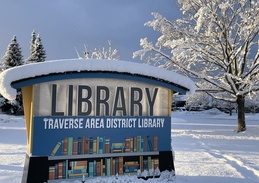
Winter Break at the Library
Trying to keep the kids busy while school is out? Head to the library! Dec. 22, take your 12+ tweens and teens to the Mesick… Read More >>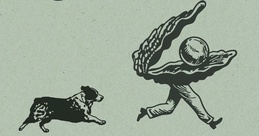
Umbo Is Coming...to The Little Fleet
Winter isn’t just coming—it’s already here. But if you want a break from the December blues, head to The L… Read More >>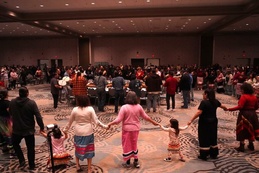
GTB Starting the Year with Tradition
The Grand Traverse Band of Ottawa and Chippewa Indians hosts the Kchi Wiikwedong Anishinaabek Maawnjidowin Round Dance on Ja… Read More >>